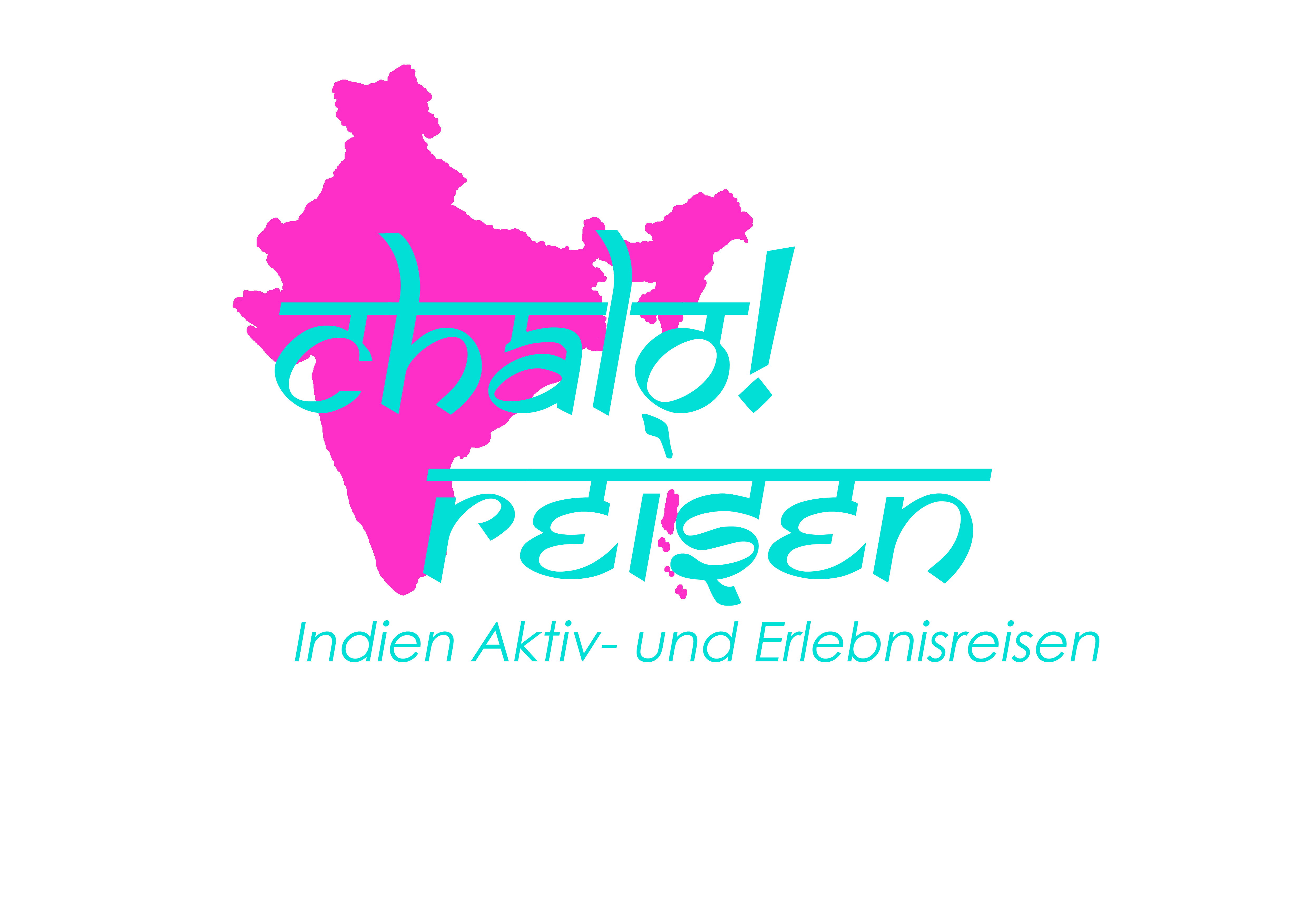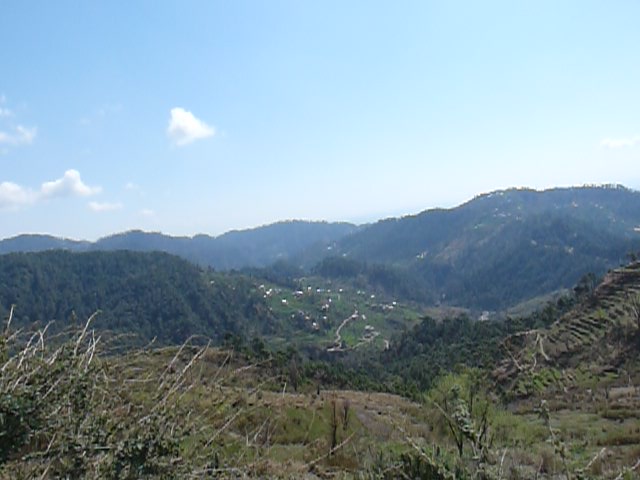
I am very fortunate to have friends all over India, all of them with very different lifestyles, different religiouns and from different societies.
This allows me to get a great insight of the people of India and to experience how the inhabitants of India live.
I was invited to the village Kanol by my former trekking guide Ashok from Daramshala.
I was very grateful about this invitation, because I had long wanted to get an insight into the village life of the women in the mountains.
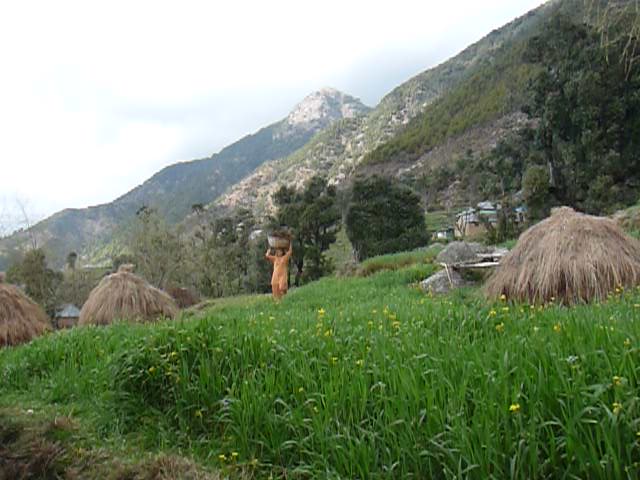
Although I have been living in the Indian mountain village of Old Manali for several years by now, I am mainly in contact with men there. It is very difficult for me to get in touch with women from the villages. They are often at home as housewives and have a long and labour-intensive day. I just don’t see them. In addition, many of them do not speak English, which makes it even more difficult to befriend them.
Their day is filled with doing laundry, preparing meals, keeping the house clean, taking care of the cows and children, collecting the firewood and, and, and…
Now some of us may think: “Hey, I do my household, besides my work! I don’t have any cows, but the dog has to be looked after.”
Well, that’s right, but have you ever washed laundry at the river by hand? Do you collect wild plants every day and grow cereals and vegetables to feed yourself? Do you have to cook on firewood and walk up a mountain for four hours a day to collect grass for the cows or fire wood?
The following article is about the life of the hard-working village women from Himachal Pradesh (a mountain state of India), but also about the life and rhythm in the village in general using the example of Ashok and his family from the village of Kanol.
32 year old Ashok lives with his 31 year old wife and his two children Ansul (three-year-old boy) and Namika (six-year-old girl) in a house with three cows, four chickens (the number is constantly changing) and his thirteen-year-old niece (she lives with her in the house to help the family with the housework) in the 700 inhabitants village of Kanol. The village is located about 400 km north of Delhi in the hilly Shivalik mountains. A promontory of the Himalayas.
Ashok living style is unusual in Kanol and is called nuclear family. Normally, the families in Indian villages still live together as large families with several generations. Ashok built his own house three years ago, a year after his marriage, simply due to a lack of space. Ashok has eight siblings, of whom only one brother and one sister are married yet.
In India, it is common for sons to stay in families with the wife and children, while daughters move into the man’s family house.
This is not always easy for the women, especially since the marriages are usually arranged and so many lonely tears flow, when moving to the next village.
Ashok marriage was also arranged. His wife comes from a village 3 kilometers away, so the martenal home is not far.
People are kind of happy in their marriages. They just know it that way and accept it like everything else in their lives. However, I cannot judge whether the people here are really happy. In any case, they are not unhappy!
To get to Ashok’s village, which is perhaps 10 km from Daramshala in linear distance, you have to travel 55 km by road and take three different buses. It took me four and a half hours to get to Khanol. There are no buses to Kanol at 1500m, but you have to walk the last half hour to the village.
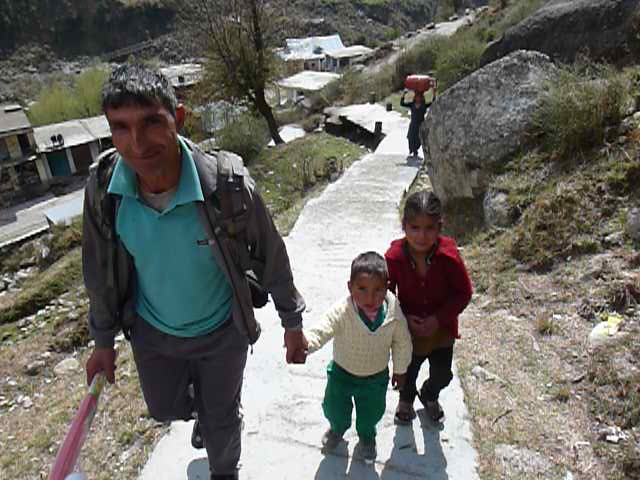
I was picked up by Ashok and his two children, who showed me their village: small mud houses framed by green fields. In the background, the Shivalik hills rise up gently. Small streams of water smoulder everywhere along and the women are washing their clothes in it. One can hear voices from playing children. Actually, everything is quite iddylic.
As we continue walking through the village, it is noticeable that there are almost no men here. In fact, Ashok explains, Kanol is a village of the Gaddis, -the sheppard men. While the women live in the village all year round, the men move with their herds through the mountains and rarely come home. The men, who like Ashok, have no goats, either work in the trekking business as porters, or are hired as workers in road construction sites for an average daily wage of 5 euros.
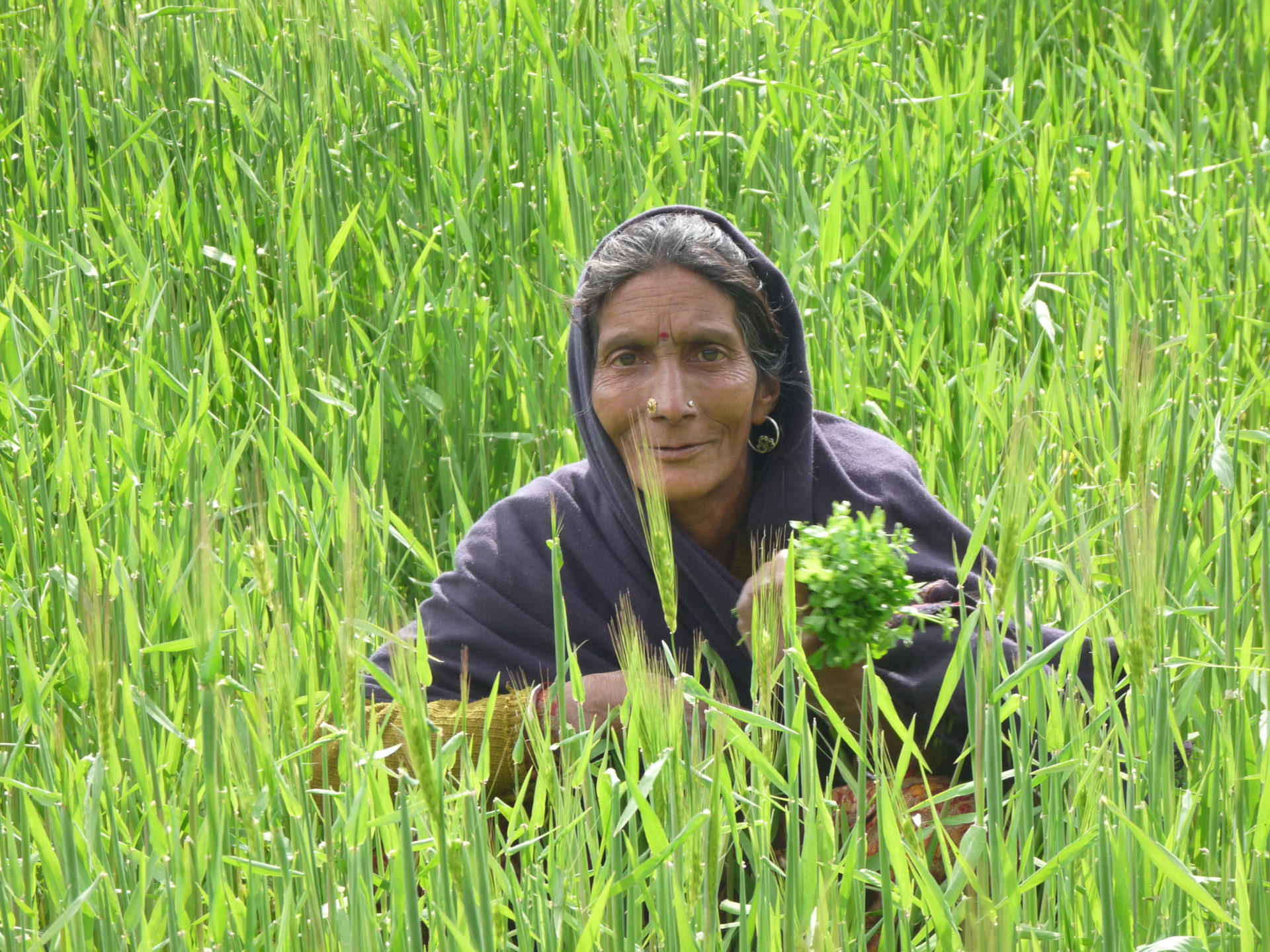
I see a few men playing cards during my exploration tour. Women are hard-working. Most of them are squatting in the mustard fields and picking wild vegetables, so-called saag (translated: green leaves).
This serves two benefits: the green leaves make an excellent supper and at the same time the fields are freed from the weeds.
The day of a mountain woman from Kanol looks something like this:
5:30 am Get up, fire making and washing
6:30 am Milking cows
7:00 am Tea and food preparation and getting the children ready
8:00 am The children go to the village school and the women in small groups up the mountain for four hours to collect wood, grass for the cows or wild edible plants and carry heavy load back
12:00 pm Preparing Lunch
1:00 pm Lunch Time
2:00 pm Laundry washing and house cleaning
3:00 pm Field Work
6:00 pm Taking Care of the Cow
7: 00 pm Dinner preparation
8:00 pm Dinner
9:00 pm Bed Time
You can see that such a normal everyday life is filled with hard physical work and serves only to cover the basic needs such as food and survival.
On our way through the village I could observe how the farm animals roamed around freely and children could deal with simple games for hours without getting bored.
Eventually we reached Ashoks’ home, where sweet milk tea awaited us. His wife was already eager to prepare a dish that was very special for me: nettles. The itchy vegetables were washed, cooked with some rice and salt, then crushed and thickened with some corn flour! Very tasty, but also very painful to collect.!
The children played with the gifts I brought them. Little Ansil loved his new car, while Namika admired her Barbie so much that she didn’t even unpack her.
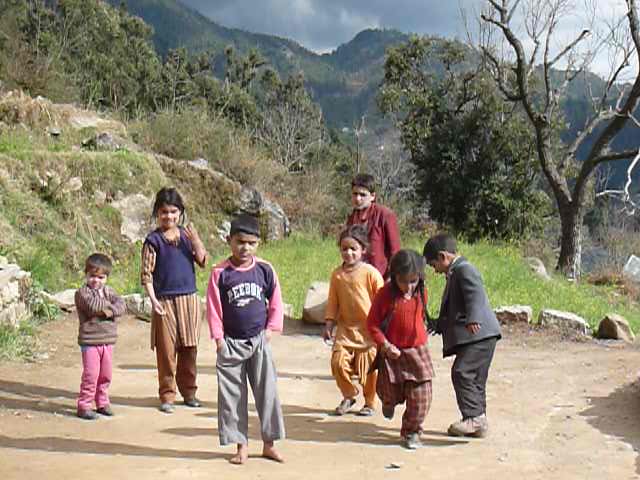
I admired Ashok’s little niece, who, like an adult, did one job after another and was just about to weed out the cowshed!
While all the children are now going to school, this was unusual in Ashok’s time. His wife was never at school while Ashok visited school for three years only . Afterwards he went with his father as a goats shepherd and took care of the cows.
In Kanol there is a school up to the fifth grade. Afterwards, the children go to school in the neighbouring village up to twelves grade. But usually no one continues the studies afterwards. The women get married and do the household, while the men start making money.
I sit with the children and Ashok’s wife in front of the fire. The children sing and dance for me, while Ashok’s wife bakes bread made of corn.
Ashok is not there. He sits one floor down alone in his room and drinks his homemade wine.
Alcohol, unfortunately is big problem for the men from the villages. Many are alcoholics, many need it daily! Ashok too, I am afraid.
But he appears for dinner. It is surprising to me that the woman initially only serves us the food, but does not participate in the meal. Ashok explains to me that it is common for women to eat after everyone else.
For a while we are all sitting in silence by the warming fire. Then the blankets are rolled out and the family lays down to sleep on the floor, even though they have a bed downstairs. They like it so much, all together by the fire.
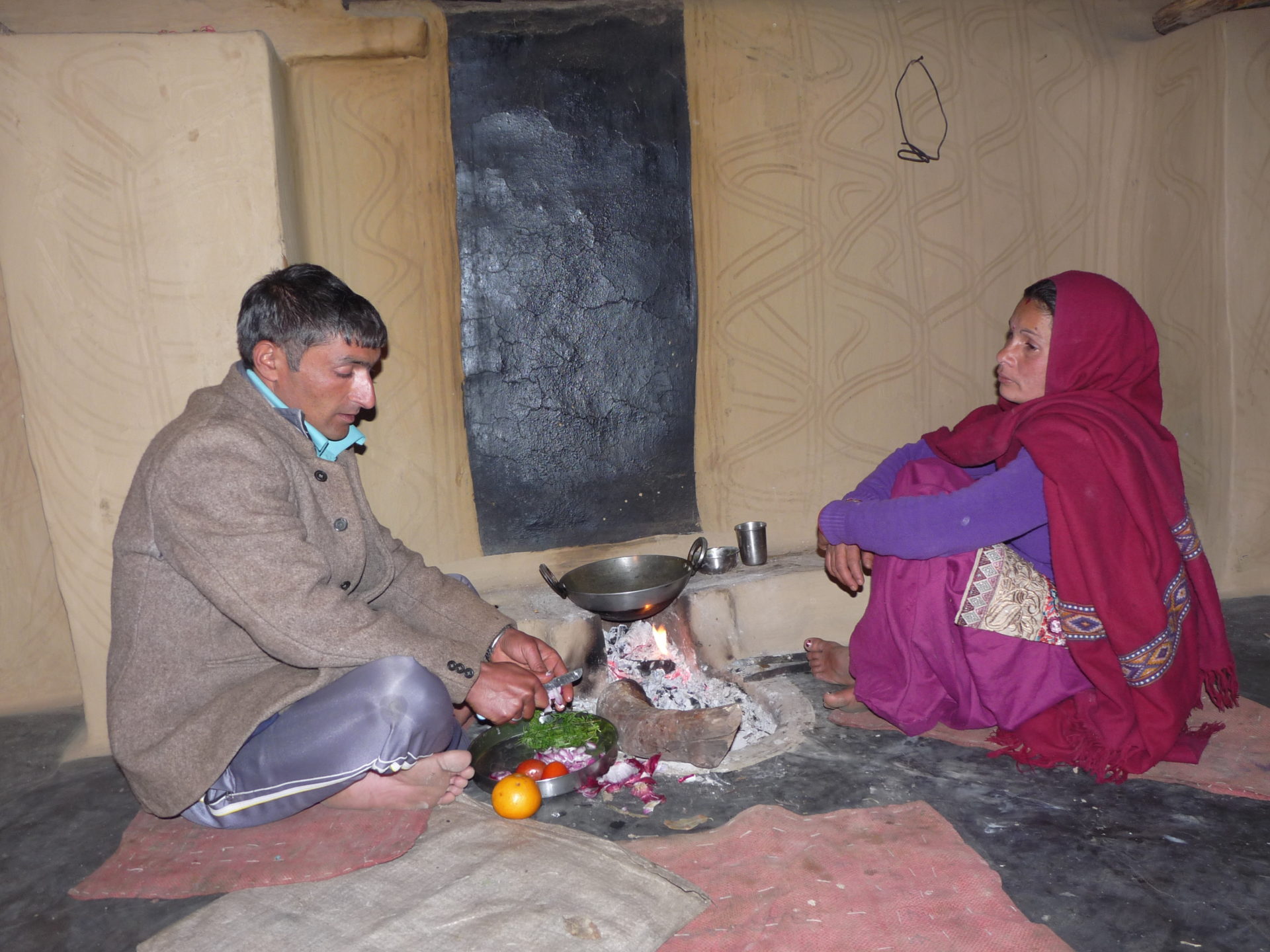
When I was in bed, I remembered visiting the village four years ago. At that time Ashok was still living with his family in the old house without a toilet and on the first floor above the cow stable, so that it was warm in winter.
Step by step, life here in the village changes and becomes similar to the life in the rest of India. Although the meals are still prepared almost exclusively with self-collected and self-produced ingredients, tea, oil and occasionally vegetables and rice are bought.
In the past, Ashok said, hardly any spices were used, milk instead of tea was drunk and one cooked with ghee, clarified butter.
The next morning he children go to school, Ashok’s wife is already collecting wood on top of the mountain and me and Ashok breakfast delicious pancakes. Delicious. A normal village day starts, like every morning and me and Ashok make our way back to Mcleod Ganj. But this time on foot over the mountains, for this we need the same time as by bus.
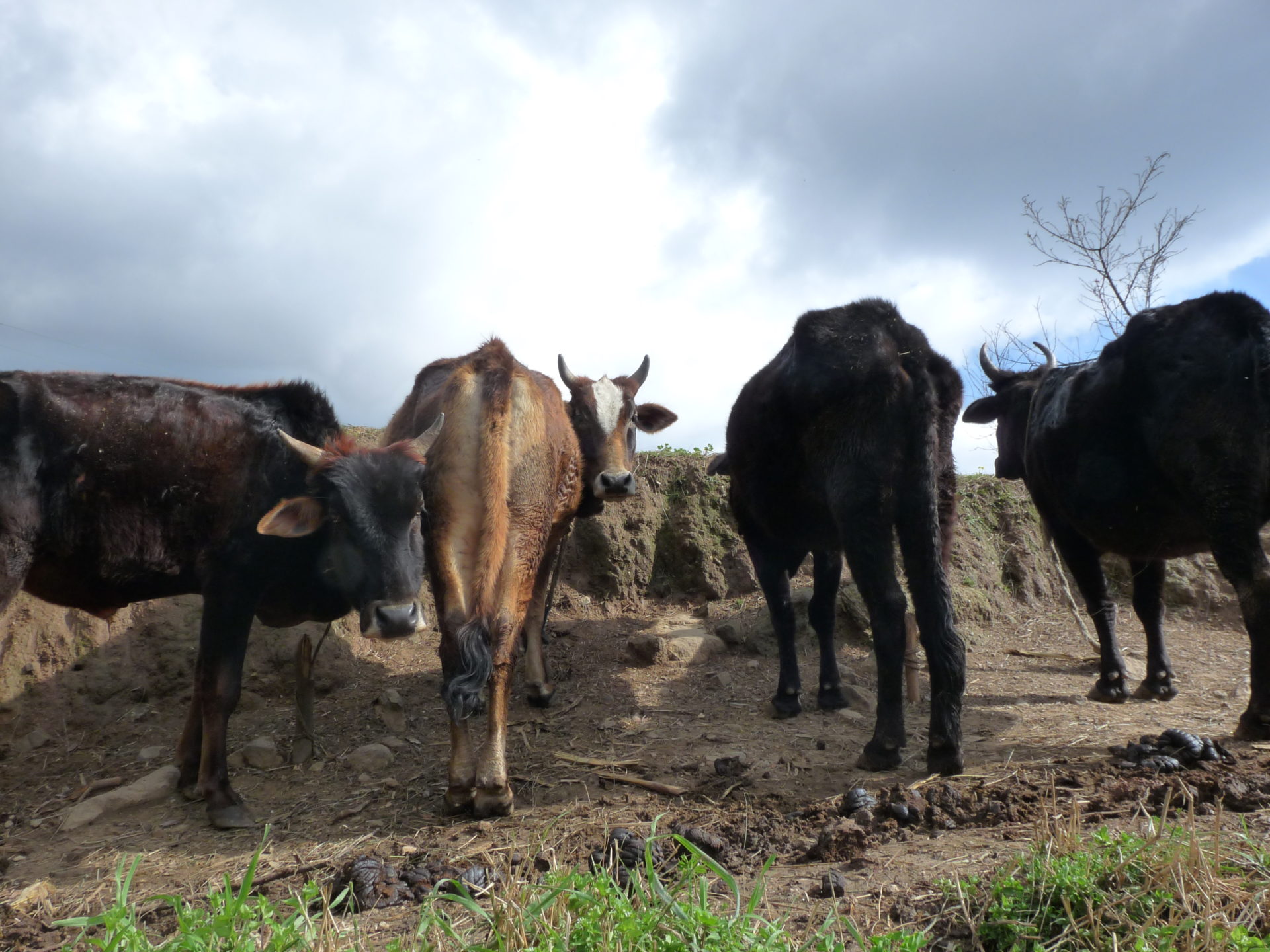
Ashok tells me that the whole village hikes up a mountain during the monsoon months of July and August to live there for two months. Everyone comes with along: the animals, the whole school and also all people. The families have small simple houses there. They live higher up for this time, as the rain is less heavy. In this time they live even more self-sufficient and even prepare a very special wine, as Ashok proudly tells me!
I hope this little article was able to give an insight into the beautiful but also hard life in an Indian village. I really enjoyed the two days and will definitely come back and hope that I will not only be looked after, but also be able to participate in the daily work!

